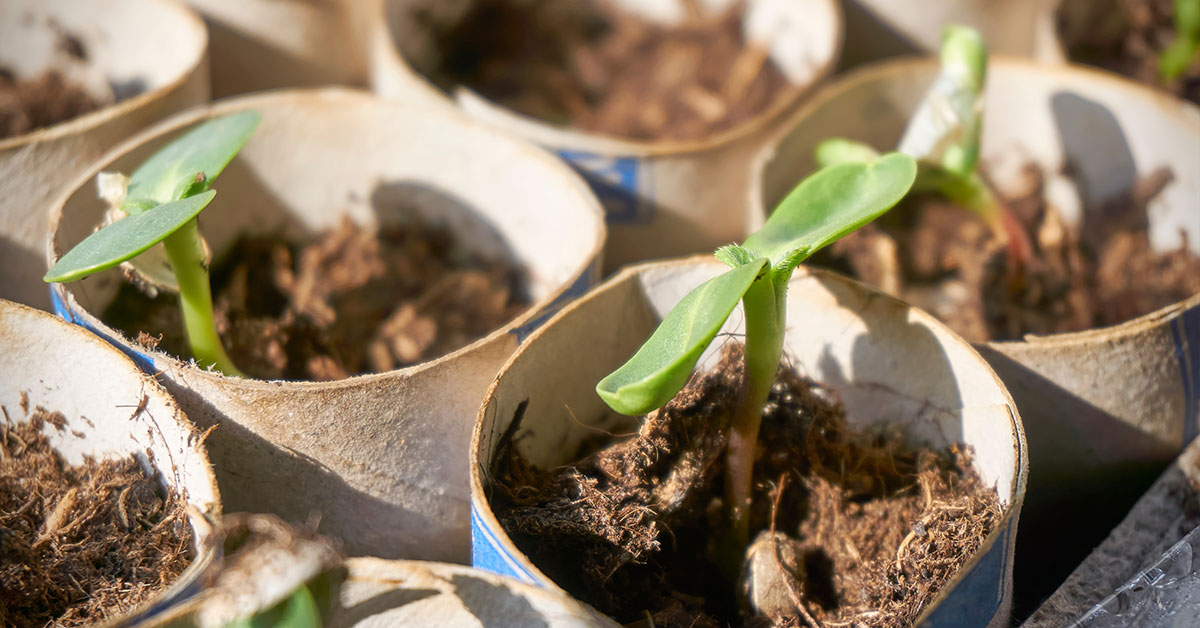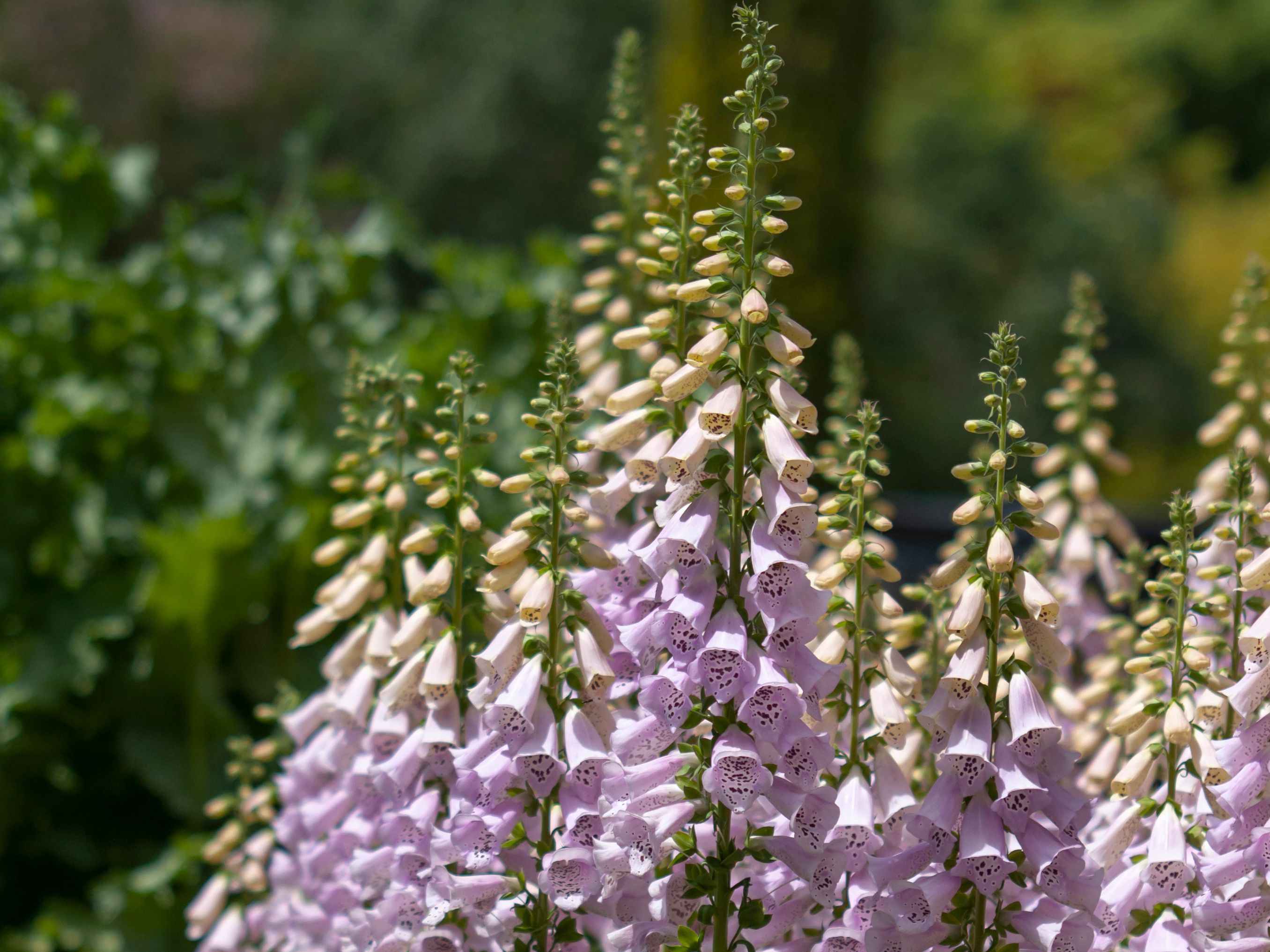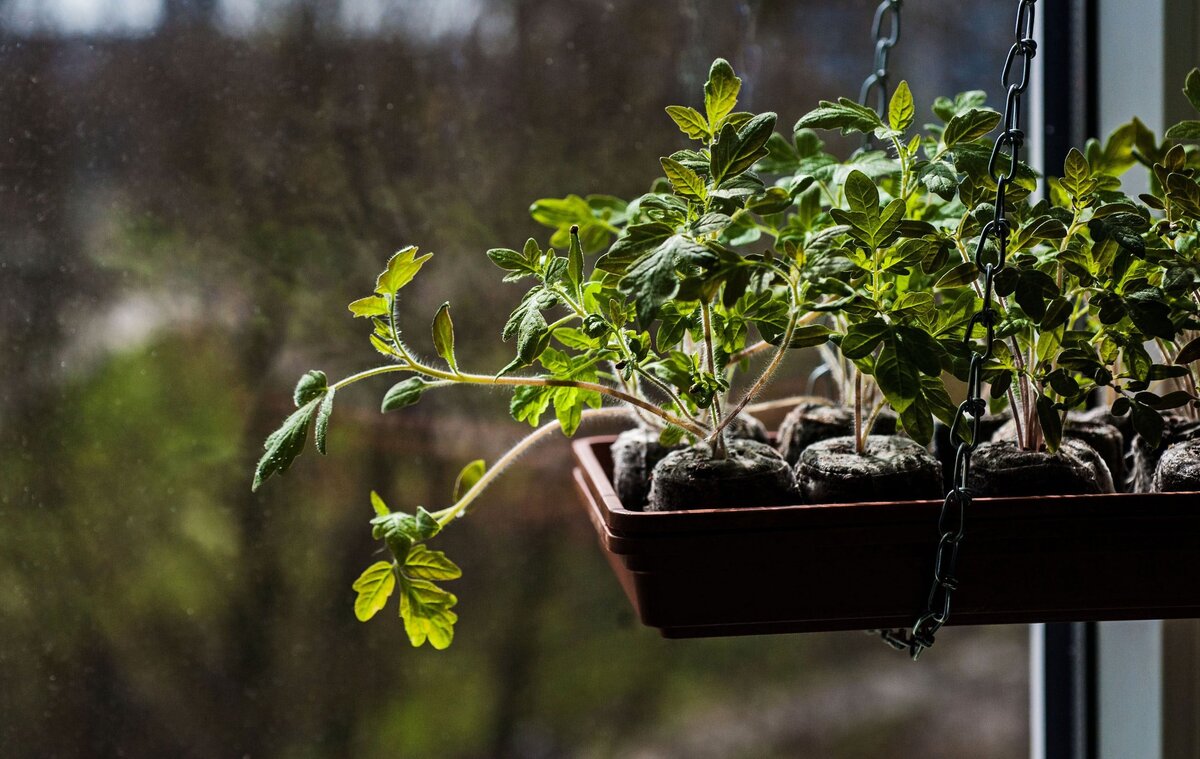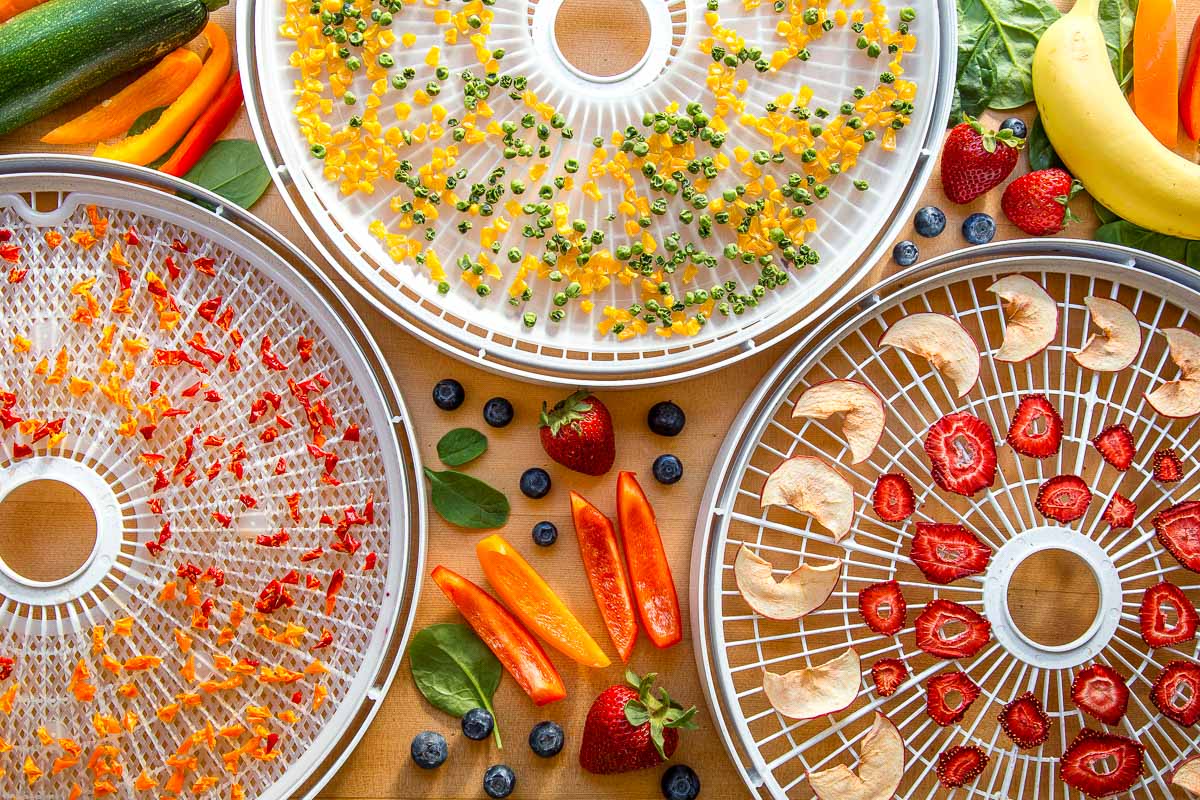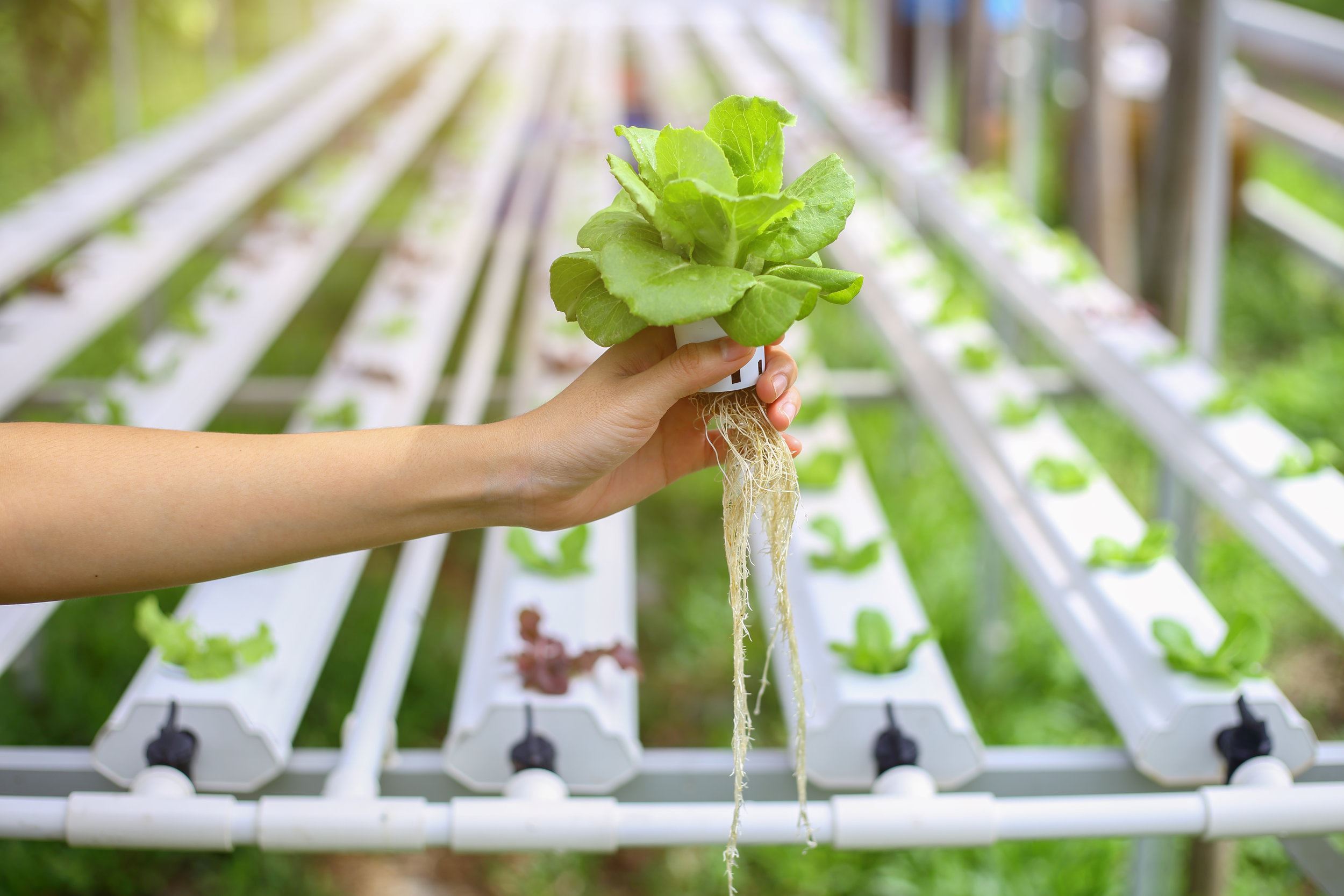Home>Types of Gardening>Edible Gardening>When Can I Place Seedlings In An Unheated Greenhouse


Edible Gardening
When Can I Place Seedlings In An Unheated Greenhouse
Modified: January 22, 2024
Learn when to place seedlings in an unheated greenhouse for optimal growth. Get expert tips for edible gardening success.
(Many of the links in this article redirect to a specific reviewed product. Your purchase of these products through affiliate links helps to generate commission for Chicagolandgardening.com, at no extra cost. Learn more)
Table of Contents
Introduction
Understanding the Benefits of an Unheated Greenhouse for Seedlings
Welcome to the world of gardening, where the journey from seed to harvest is filled with wonder and excitement. As a gardening enthusiast, you understand the importance of providing the best environment for your plants to thrive. One essential aspect of this process is nurturing seedlings until they are strong enough to withstand the outdoor elements. This is where an unheated greenhouse can play a crucial role in supporting the growth of your seedlings.
When it comes to starting seedlings, an unheated greenhouse offers a controlled environment that protects delicate plants from harsh weather conditions while allowing them to benefit from natural sunlight and ventilation. This protective space provides a nurturing environment for seedlings to develop sturdy roots and vibrant foliage, setting the stage for a successful growing season.
Throughout this article, we will explore the optimal conditions for placing seedlings in an unheated greenhouse, including the selection of suitable seedlings, temperature monitoring, and frost protection. By the end of this journey, you will have a comprehensive understanding of how to utilize an unheated greenhouse to foster the healthy growth of your seedlings, ensuring a bountiful harvest in your edible garden.
Understanding Seedling Growth
Seedling growth is a delicate and crucial stage in the life cycle of plants. When seeds germinate, they require a nurturing environment to develop into robust seedlings. An unheated greenhouse provides the ideal setting for this process, offering protection from extreme weather conditions and creating a microclimate conducive to healthy growth.
During the initial stages of seedling growth, the focus is on establishing strong root systems and developing sturdy stems and leaves. The controlled environment of an unheated greenhouse shields seedlings from wind, rain, and temperature fluctuations, allowing them to flourish without the stress of outdoor exposure. Additionally, the ample sunlight that permeates the greenhouse fosters photosynthesis, enabling seedlings to produce the energy needed for their growth and development.
As seedlings continue to mature, they become better equipped to handle environmental stressors. The gradual transition from the sheltered environment of the greenhouse to the outdoor elements prepares them for life in the open garden. This gradual acclimation strengthens the seedlings, ensuring they are resilient and well-prepared for transplanting.
Understanding the intricacies of seedling growth is essential for successful gardening. By providing the optimal conditions for this critical phase, you set the stage for a thriving garden filled with robust, productive plants. The next step is to select the right seedlings that will benefit from the protective environment of an unheated greenhouse, which we will explore in the following section.
Choosing the Right Seedlings
When it comes to populating your unheated greenhouse with seedlings, selecting the right varieties is crucial for a successful and bountiful harvest. Certain plants are better suited for the protective environment of a greenhouse, especially during the vulnerable seedling stage. Understanding the characteristics of different seedlings will help you make informed choices and maximize the benefits of your unheated greenhouse.
Some seedlings thrive in the controlled conditions provided by an unheated greenhouse. These include cold-hardy vegetables such as kale, spinach, and lettuce, as well as herbs like parsley, cilantro, and chives. These plants not only tolerate cooler temperatures but also benefit from the protection against harsh weather and pests that a greenhouse provides.
Additionally, certain flowers, such as pansies and violas, are well-suited for early growth in an unheated greenhouse. Their ability to withstand cooler temperatures makes them ideal candidates for starting indoors before the last frost date, giving them a head start on the growing season.
When selecting seedlings for your greenhouse, consider the specific environmental requirements of each plant. Some varieties may thrive in cooler temperatures, while others require slightly warmer conditions. By understanding the individual needs of the seedlings you choose, you can create an optimal environment within your unheated greenhouse, setting the stage for healthy and vigorous growth.
By carefully choosing the right seedlings for your unheated greenhouse, you can ensure that your plants receive the protection and support they need during the critical early stages of growth. This thoughtful selection process lays the foundation for a successful gardening season, as you nurture your seedlings into robust, thriving plants ready for outdoor transplanting.
Monitoring Temperature
One of the key responsibilities of greenhouse gardening is maintaining optimal temperature levels to support the healthy growth of seedlings. In an unheated greenhouse, temperature monitoring is essential to ensure that the environment remains conducive to the development of robust plants. By staying attuned to temperature fluctuations, you can create an ideal setting for your seedlings to thrive.
During the early stages of seedling growth, maintaining a consistent and moderate temperature is crucial. Most seedlings prefer daytime temperatures between 65°F and 75°F (18°C to 24°C) and slightly cooler nights. An unheated greenhouse can help buffer against extreme temperature swings, providing a more stable climate than the outdoors. However, it’s important to monitor the internal temperature of the greenhouse to ensure it aligns with the needs of your specific seedlings.
Utilizing a thermometer within the greenhouse allows you to track temperature variations throughout the day and night. By regularly checking the thermometer, you can make adjustments as needed, such as opening vents to lower the temperature on warmer days or closing them to retain heat during cooler periods. This proactive approach ensures that your seedlings are not subjected to unfavorable temperature extremes, which can impede their growth and development.
Furthermore, paying attention to external weather forecasts is beneficial for planning and adjusting the greenhouse environment. Being aware of anticipated temperature fluctuations and potential frost events allows you to take preemptive measures to protect your seedlings, such as covering them with frost cloth or temporarily relocating them indoors if necessary.
By diligently monitoring and managing the temperature within your unheated greenhouse, you provide your seedlings with a nurturing environment that promotes healthy and vigorous growth. This proactive care sets the stage for strong, resilient plants that are well-prepared for eventual transplantation into your outdoor garden.
Protecting Seedlings from Frost
As a guardian of your seedlings, it is essential to be prepared for potential frost events, especially when utilizing an unheated greenhouse. While the greenhouse provides a protective environment, it is not immune to the impact of freezing temperatures. Understanding how to safeguard your seedlings from frost ensures their continued health and vitality, setting the stage for a successful transition to the outdoor garden.
One effective method of protecting seedlings from frost within an unheated greenhouse is to use frost cloth or row covers. These lightweight, breathable fabrics provide insulation and shield the plants from freezing temperatures, effectively creating a protective barrier against frost damage. When frost is forecasted, covering your seedlings with these materials can prevent the formation of ice crystals on the plant tissue, preserving their delicate structures.
Additionally, utilizing thermal mass within the greenhouse can help moderate temperature fluctuations and provide some protection against frost. Water barrels or containers placed strategically within the greenhouse absorb heat during the day and release it at night, creating a more stable microclimate for the seedlings. This can mitigate the impact of cold nights and reduce the risk of frost damage.
Another proactive measure to protect seedlings from frost is to closely monitor weather forecasts. By staying informed about anticipated temperature drops, you can take preemptive action to safeguard your plants. If a frost event is expected, adjusting the ventilation in the greenhouse and potentially using supplemental heat sources, such as portable heaters, can help maintain a suitable temperature level to protect the seedlings.
Furthermore, situating seedlings closer to the thermal mass, such as along the interior walls of the greenhouse, can provide added protection from frost, as these areas tend to experience less temperature fluctuation. This strategic placement can offer a degree of insulation and shield the seedlings from the coldest air that may settle near the ground.
By implementing these proactive measures and protective strategies, you can safeguard your seedlings from the detrimental effects of frost, ensuring that they continue to thrive within the nurturing environment of your unheated greenhouse. This attentive care prepares the seedlings for a seamless transition to the outdoor garden, where they can flourish and contribute to a vibrant and productive edible landscape.
Conclusion
As you embark on the journey of nurturing seedlings in an unheated greenhouse, you are embracing the opportunity to provide your plants with a supportive and protective environment during their critical early stages of growth. By understanding the benefits of an unheated greenhouse, selecting the right seedlings, monitoring temperature, and safeguarding against frost, you are laying the groundwork for a successful and fruitful gardening season.
The controlled environment of an unheated greenhouse offers a sanctuary for seedlings, shielding them from harsh weather conditions while allowing them to thrive in natural sunlight and optimal temperatures. This protective space fosters the development of strong and resilient plants, preparing them for eventual transplantation into the outdoor garden.
Choosing the right seedlings tailored to the protective environment of an unheated greenhouse is a thoughtful and essential step in ensuring the success of your gardening endeavors. By selecting varieties that thrive in cooler temperatures and benefit from the sheltered conditions, you set the stage for robust and healthy growth.
Monitoring temperature within the greenhouse is a proactive practice that empowers you to create an ideal setting for your seedlings. By staying attuned to temperature fluctuations and making necessary adjustments, you provide your plants with a stable and nurturing environment, promoting their vigorous development.
Protecting seedlings from frost is a critical aspect of greenhouse gardening, especially in an unheated setting. Employing proactive measures such as frost cloth, thermal mass, and strategic placement within the greenhouse ensures that your seedlings are shielded from the detrimental effects of freezing temperatures, safeguarding their continued health and vitality.
As you continue to tend to your seedlings within the nurturing embrace of your unheated greenhouse, you are fostering a thriving garden filled with promise and abundance. Your dedication to providing a supportive environment for your plants sets the stage for a bountiful harvest and a vibrant edible landscape that brings joy and sustenance throughout the growing season.
